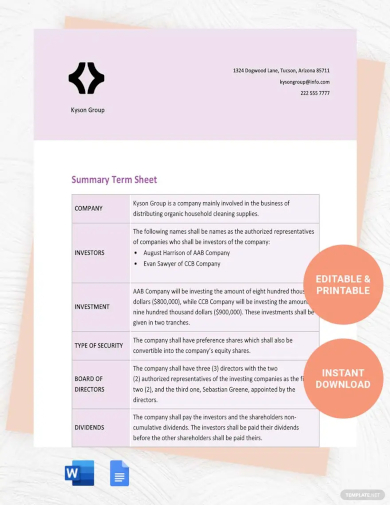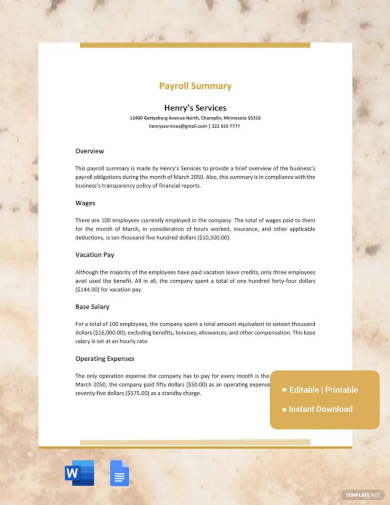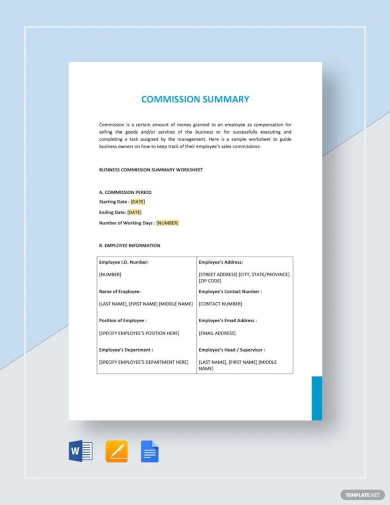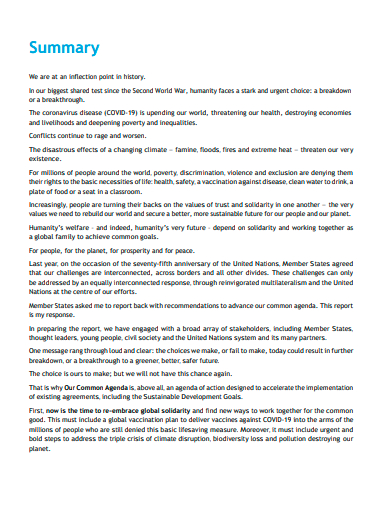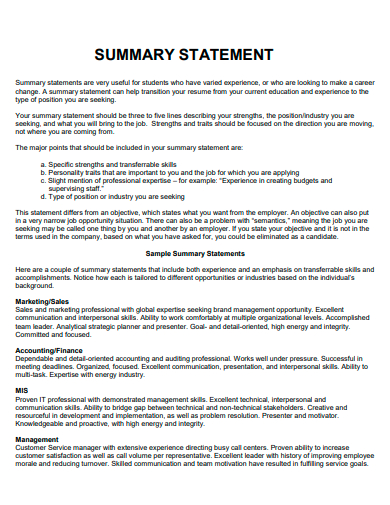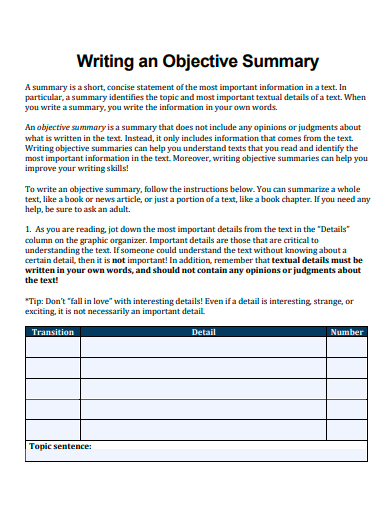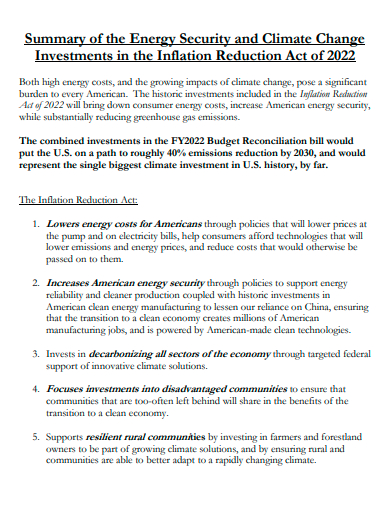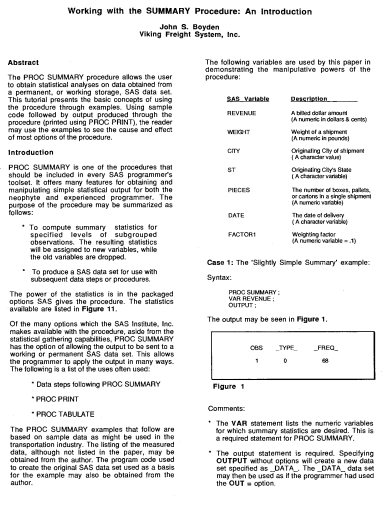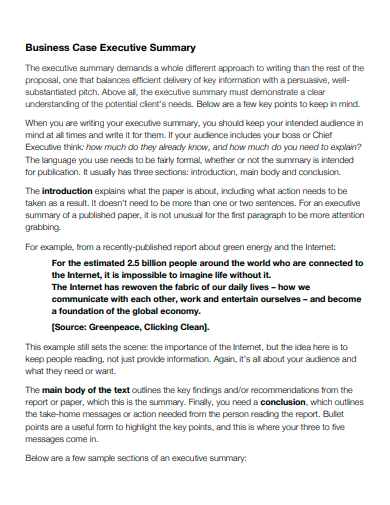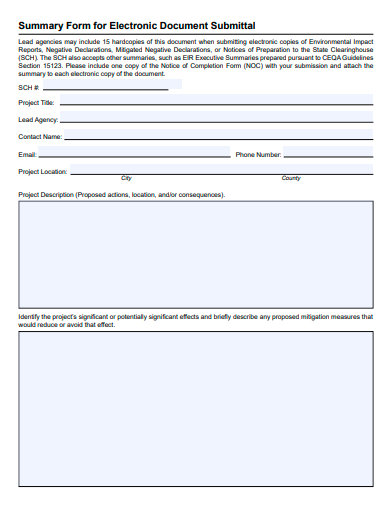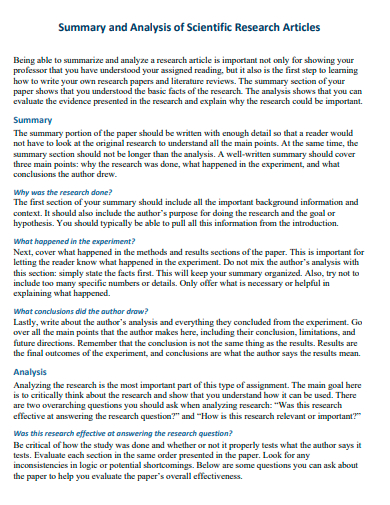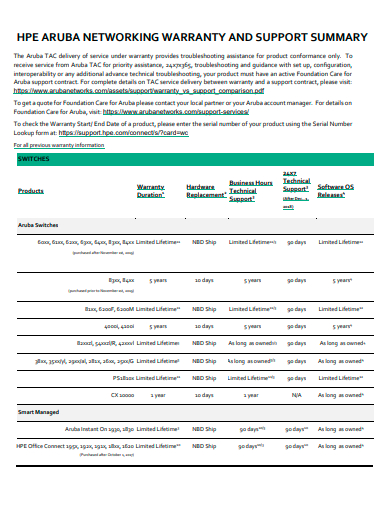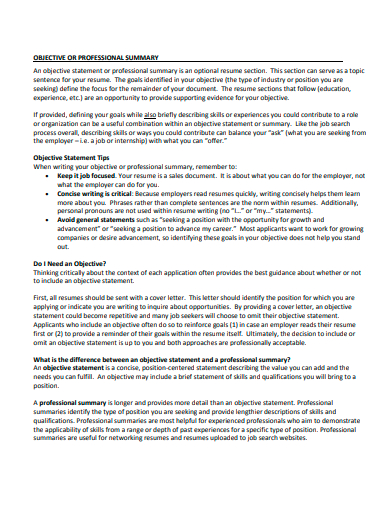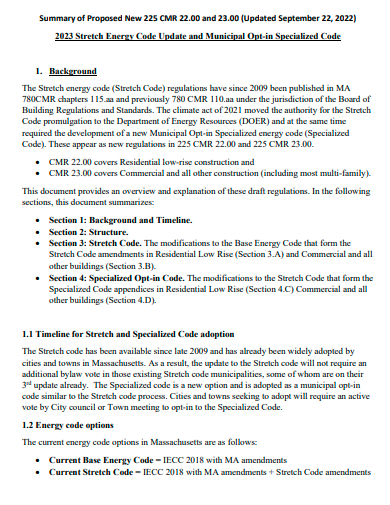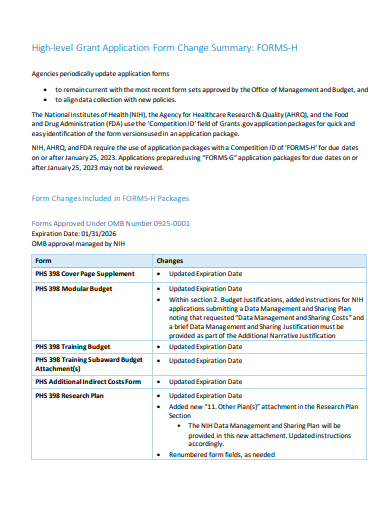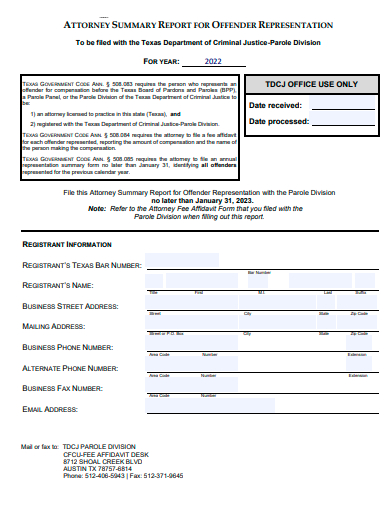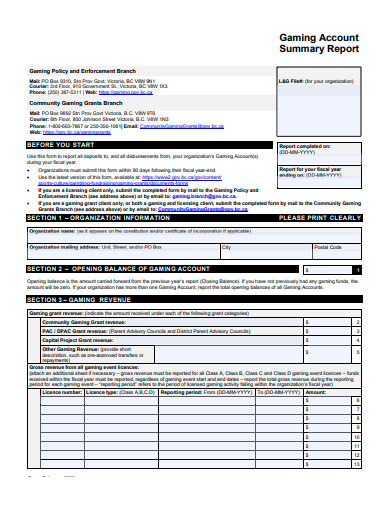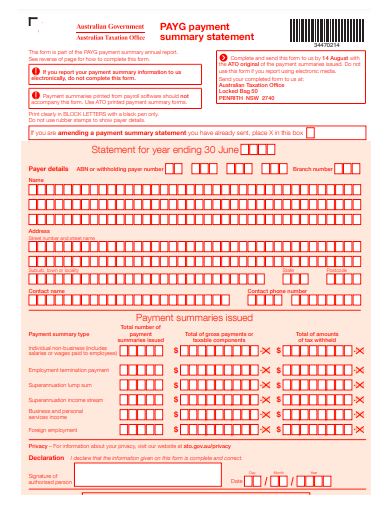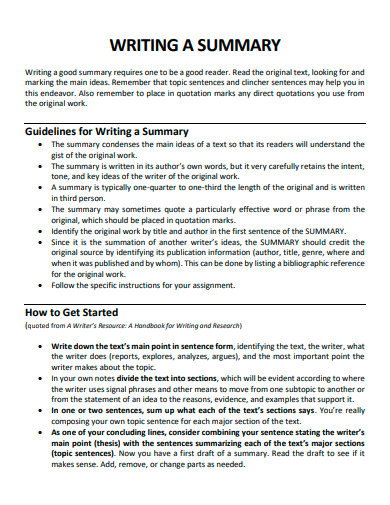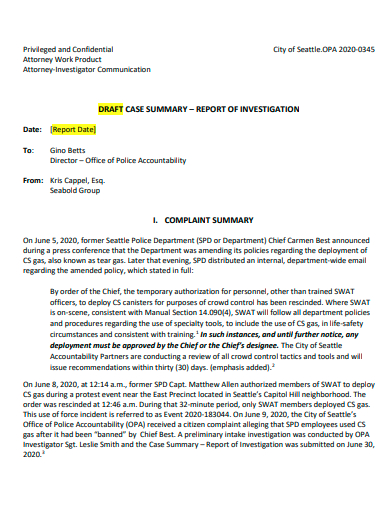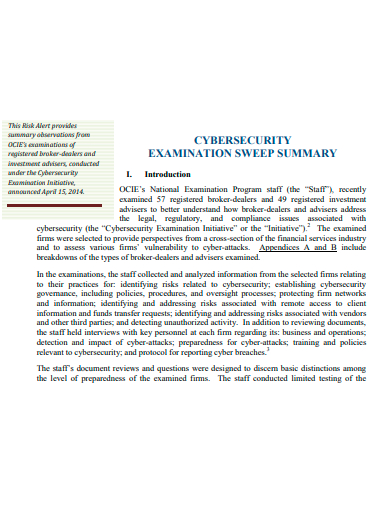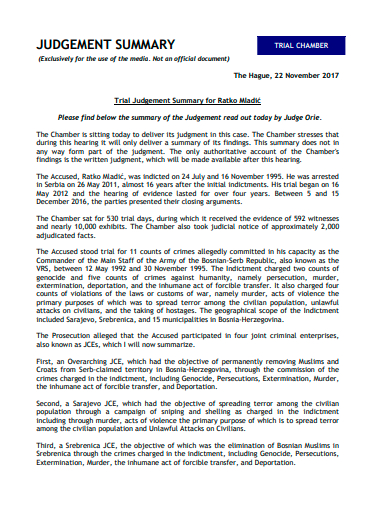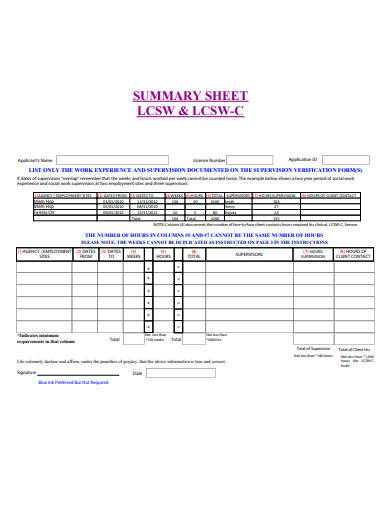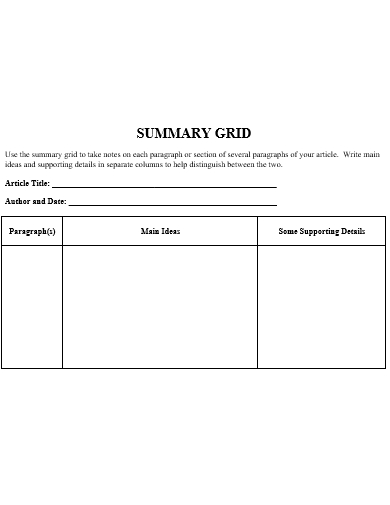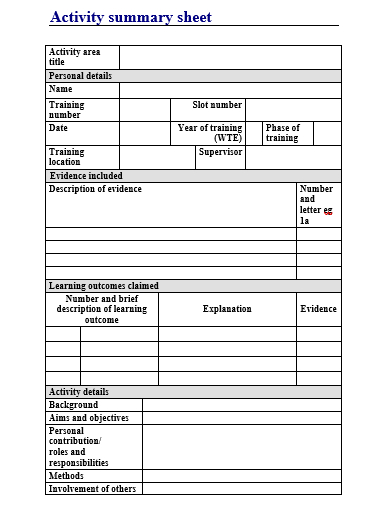During your time as a student, there will be times when your professors and mentors will give you writing assignments to improve your comprehension and critical thinking skills. These assignments can be essay writing, narrative writing, argumentative writing, informative writing, persuasive writing, reflective writing, and more. You can also be instructed to do your writing assignments using different formats such as the APA format, MLA format, and Chicago-style format. Another type of this assignment is summary writing which is a writing style to provide an overview of a literary work’s main points using the author’s own words.
30+ Summary Samples
1. Summary Of Action Items Template
2. Summary Report Template
3. Free Summary Term Sheet Template
4. Payroll Summary Template
5. Commission Summary Template
6. Summary Template
7. Summary Statement Template
8. Objective Summary Template
9. Summary Example
10. Summary Procedure Template
11. Business Case Executive Summary Template
12. Summary Form for Electronic Document Submittal Template
13. Summary and Analysis of Scientific Research Articles Template
14. Networking Warranty and Support Summary Template
15. Professional Summary Template
16. Printable Summary Template
17. High-level Grant Application Form Change Summary Template
18. Narrative Summary Template
19. Attorney Summary Report For Offender Representation Template
20. Gaming Account Summary Report Template
21. Summary of Benefits and Coverage Template
22. Payment Summary Statement Template
23. Writing Summary Template
24. Long Term Plan Summary Template
25. Public Involvement Summary Template
26. Draft Case Summary Template
27. Cybersecurity Examination Sweep Summary Template
28. Judgement Summary Template
29. Summary Sheet Template
30. Summary Grid Template
31. Activity Summary Sheet Template
What is a Summary?
A summary refers to a brief overview of a work of literature’s key points that aims to quickly provide readers or audiences with an idea of what the text or material is about. The ability to write a summary of a written text is a sign that a particular student has correctly understood the book. If you have created a well-written summary, you will be able to provide a basic understanding of a specific piece of literature, history, or media.
How to Make a Summary
Writing a summary is a skill that involves the ability to explain the key points of a text or article and help other readers understand what the material is about without reading the entire work. Summaries also include the broader points or the purpose and scope of work instead of smaller plot points. When writing for student papers such as essays, research papers, and dissertations, you might need to use various sources of information. It is an ideal method to create a summary of the whole text before analyzing it.
Step 1: Choose a Literary Work and Read
Start by reading the whole article or book more than once to ensure that you have understood its content and what it is trying to convey. Your reading process can be done in three phases which are scanning, reading, and skimming.
Step 2: Break the Text Into Sections
To make your choice of literary work to be more understandable and manageable, you can break its main points into smaller sections or parts. If you are summarizing a scientific research paper, it might be already organized into sections such as its introduction, methods, discussion, and results.
Step 3: Determine Its Key Points
After breaking down the text into smaller sections, you can now review each of them and choose the most important key points. Determine which elements should the readers need to know to be able to understand the overall message or argument of the text.
Step 4: Start Writing a Summary Then Review
Start writing your summary while making sure that you are utilizing the proper paraphrasing of the original author’s ideas to avoid plagiarism. Then review your work against the text to determine whether you have accurately presented the work, have not missed important points, and make sure that your phrasing is not the same as any sentences in the original text.
FAQs
What are the elements of summary writing?
When writing a summary, it must include important elements such as an introductory sentence, a section for the main points of the original book or article, supporting arguments, and the final point to conclude your document.
What are the common reasons for writing summaries?
Summaries are written to show your understanding of the main points of a reading or viewing material, to effectively comprehend a critical source of information for a particular assignment, to provide a brief overview of general ideas to include in your work, and to double-check your own understanding of a complex literary work or article and determine whether you can summarize its main points.
How do to differentiate between an abstract and a summary?
An abstract is a statement that briefly explains the main points of academic texts such as the thesis, journal articles, or dissertation while a summary is used to write a short overview of academic writing like sources for a student paper, literature review, or an assignment.
Summaries are written to give readers a short overview of a text’s important points and interesting information without including a personal statement of opinion. Summaries can be a short rundown of a text’s or piece of media’s main points, a description of a movie’s plot, an abstract of a scientific research paper, or a novel synopsis.
Related Posts
FREE 8+ Career Summary Samples in MS Word | PDF
News Report
Written Warning
Teacher Lesson Plan
Visitors Log
Reflective Writing
Briefing Note
Timetable
Training Evaluation Forms
Acceptance Speech
Scientific Reports Samples & Templates
Attendance List Samples & Templates
Sample Meeting Minutes Templates
Presentation Speech Samples & Templates
Ukulele Chord Chart Samples & Templates



